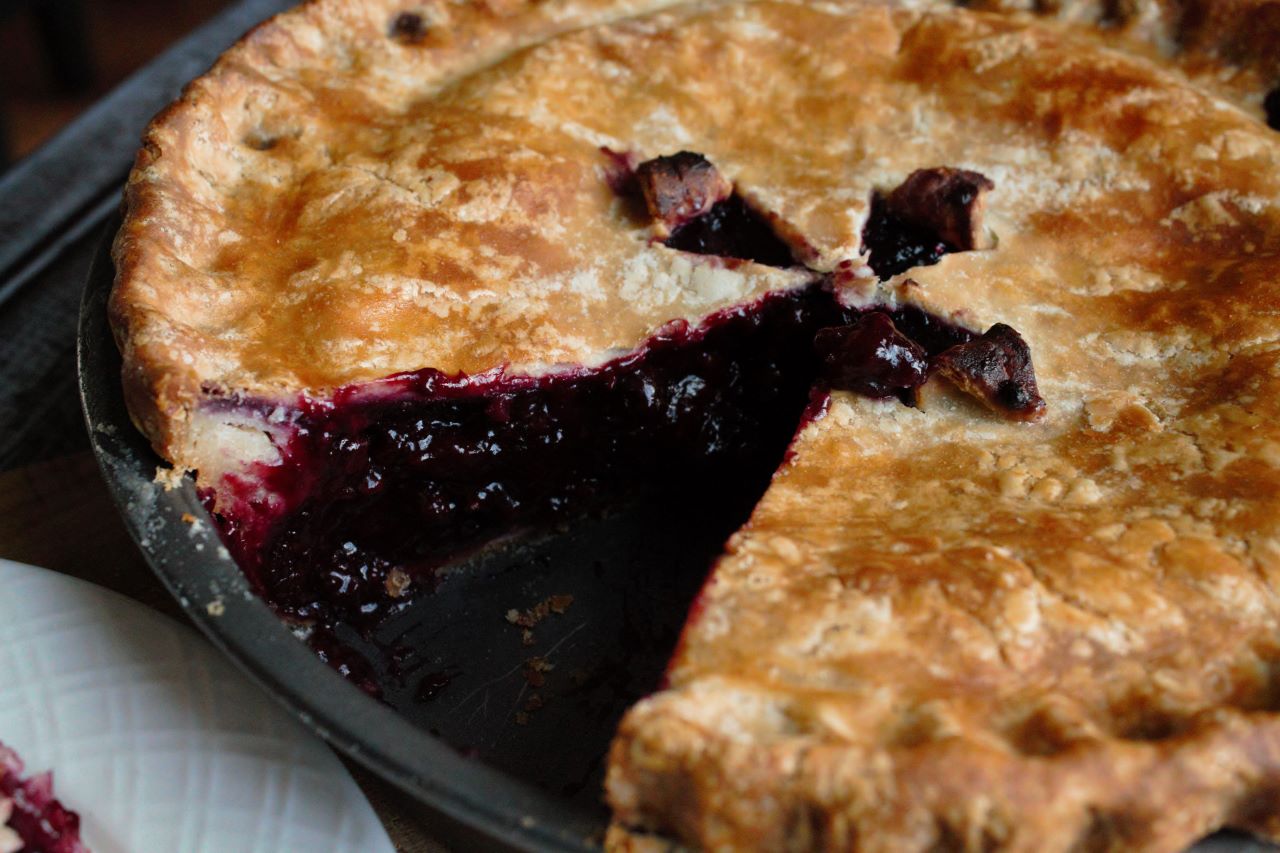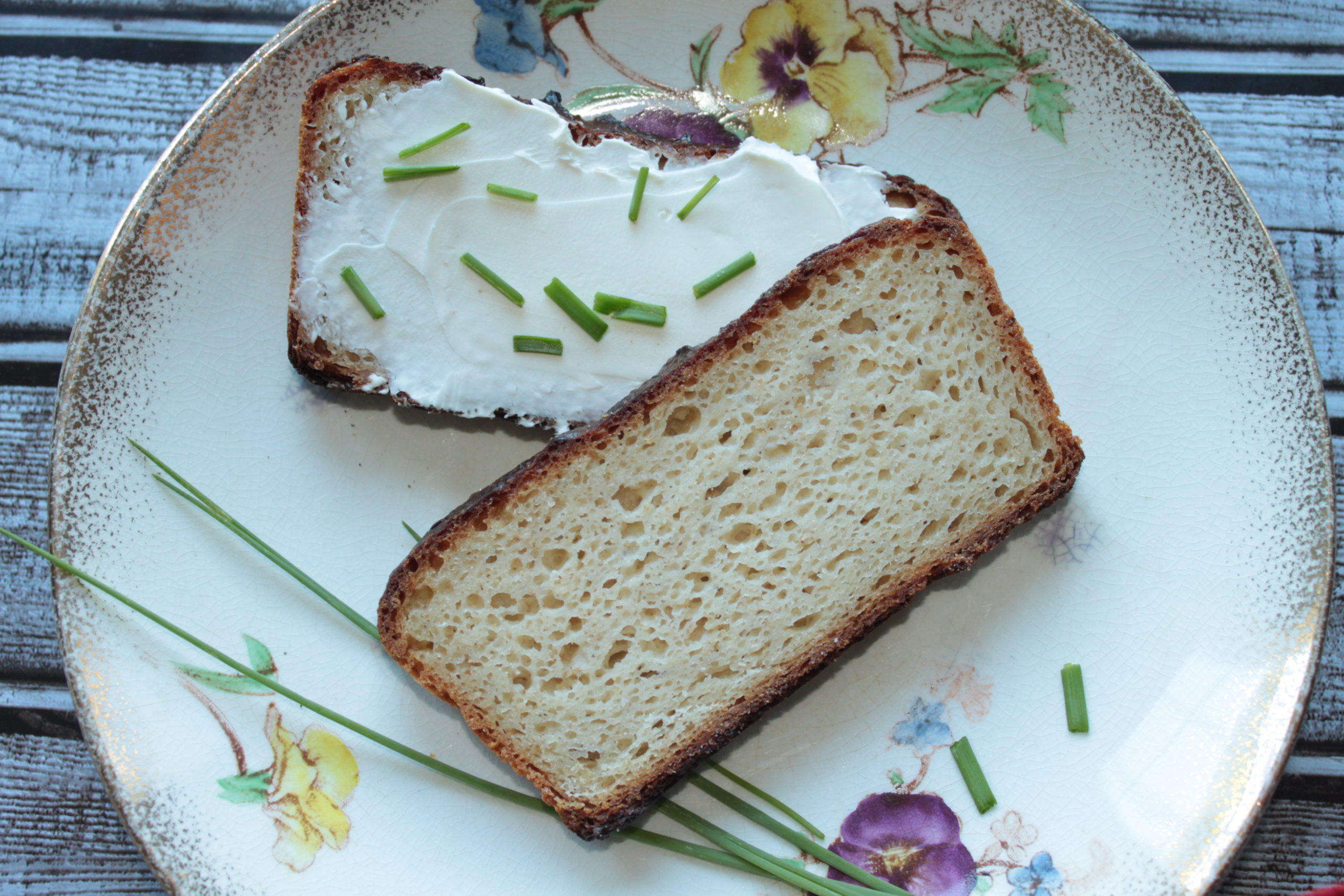Sourdough bread has become so popular in the past few years because of the health benefits that they provide. They are lower in phytate levels , and they are full of probiotics which makes them a healthier alternative to regular breads.
I was always interested in sourdough breads, and sourdough starters. After going gluten free I was doing all the research to find out if I can make gluten free sourdough, and gluten free sourdough breads. I was quickly disappointed at the lack of information that’s available for gluten free sourdough starters and all that comes with it.
However, over the years, information about sourdough has become more available. After following some information that I found online about gluten free sourdough starters, I tried a couple times to make my own, and both times I failed, but I learned a lot during those two times, and therefore I will not call it a complete failure.
A few months before COVID-19 began, I decided to try again. This time, I made it as a school project for my kids. We made a wheat sourdough starter, and a gluten free sourdough starter. And because it was a school project, we documented everything, the time we fed it, what we fed it, and how much.

Because of my previous failed tries at gluten free sourdough starters, this time I decided to take a slightly different rout that no one has ever done before.
A sourdough starter is a culture for wild yeasts that are available everywhere around us, on everything, in everything, and in the air. They feed on simple sugars.
When you mix flour and water together, the starches in the flour get converted into sugar which is what the wild yeast feeds on.
For my previous tries with creating a gluten free sourdough starter, I used brown rice flour, and I stored the starter in a plastic container. I am not sure if the plastic contributed to the failure of the starter or not, but this time I decided to store the sourdough starter in a sterilized glass jar to eliminate any form of foreign bacteria that might cause the starter to go moldy/fail.
As I have mentioned before, we were working on two starters simultaneously, the wheat sourdough starter, and the gluten free sourdough starter.
For the wheat sourdough starter, we followed the exact recommendations that everyone seems to suggest, 1 cup of flour for 1 cup of water.

For the gluten free sourdough starter, I decided to do a little of my own experimentation. I thought since wild yeast feeds on simple sugars, I want to provide it with as much simple sugars as I can. So, I decided to use brown rice for the majority of the flour, potato starch, and honey since it is a simple sugar.
We mixed in half a cup of brown rice, a quarter cup of potato starch, two teaspoons of raw honey, and three quarter cup of room temperature filtered water.
We decided to use filtered water to minimize the amount of bacteria and minerals that are introduced into the culture which may cause it to spoil.
On the second day, we discarded half the sourdough starter, and added the same amount of flour, water, and honey. We repeated this process every day for five days making sure to feed the yeast at the same time slot of when we fed it the first day.
on the sixth day, we fed the yeast twice. We fed it every 12 hours making sure to discard half of the sourdough starter before feeding it. We repeated this step on the seventh day as well.
Discarding half of the sourdough starter is an important step because you do not want to end up with a giant amount of sourdough starter. The more sourdough starter you have, the bigger the amount that you have to feed it. If you do not like the idea of discarding the sourdough starter and wasting all that flour, you could use it to make flat bread or pancakes which is what my kids and I did.
On the eighth day, we smelled our sourdough, and looked for the bubbles that are caused by the carbon dioxide that is produced by the wild yeast as a result of it consuming the simple sugars. We noticed that the starter was not as sour as it can be, and the bubbles were not as prominent, so we continued to feed it twice a day for two more days.
On the tenth day, after further inspection of the sourdough starter, it seemed that it was ready. We closed the lid, and stored it in the fridge.
At this time, the wheat sourdough starter seemed to be struggling a bit. We did notice that adding the honey into the gluten free sourdough starter has aided in the process of collecting wild yeast immensely.
At first I suspected that the wheat sourdough starter will do much better than the gluten free sourdough starter, which was always the case for me whenever I attempted to make sourdough starters. This time however, the gluten free sourdough starter did so much better.
We concluded from this experiment that the honey must be the culprit behind this. So, we decided to add honey to the wheat sourdough starter and see what would happen. As expected, the wheat sourdough starter began to bubble up after few hours, and it grew so much more than it did without the addition of honey. Within two days, it was ready.
We live in a cold climate, and we were doing this experiment during the winter months. Because of this, it was more difficult to grow the sourdough starter as it requires warmer temperatures for the yeast to be able to feed on the sugars.
The cooler temperatures cause the yeast to go semi dormant which is why it took our sourdough starter a little bit longer to develop. If you live in a warmer climate, you might be able to have a sourdough starter within seven days. However, it is important to note, that even if you begin to see bubbles and growth in your sourdough starter on the first or second day, you must continue to feed it for seven days in order to collect enough wild yeast, and help them multiply. The more wild yeast you have in your sourdough starter, the better the results will be in creating sourdough products.
After using the sourdough starters a couple times, I came to the conclusion that they were both too runny, so I decided to reduce the amount of water that I was adding to them. This gave me much better results in creating my sourdough breads and pizza dough.
After storing the sourdough starters in the fridge, I made sure to use them once a week in order to feed the yeast, and experiment with my bread recipes.
Having the sourdough starter in the fridge slows down the yeast, but it does not go completely dormant. That is why it is important to feed it once every week or every two weeks.

Ingredients
Equipment
Method
- You will need to feed the sourdough starter for 7 days while it’s at room temperature.
- On the first day, into a glass jar, add ½ cup of brown rice flour, ¼ cup of potato starch, 2 teaspoons of honey, and ½ cup and 2 tablespoons room temperature filtered water.
- Using a plastic or a silicone spoon, mix everything well until you see no more clumps.
- Cover with a cotton cloth and secure it with a rubber band.
- On the second day, discard half of the sourdough starter, and add ½ cup brown rice flour, ¼ cup potato starch, 2 teaspoons honey, and ½ cup and 2 tablespoons water. Mix until everything is well combined. Repeat this process for the third, fourth, and fifth day making sure to feed the sourdough starter at the same time every day.
- On the sixth and seventh day, you will have to feed the starter every 12 hours making sure to discard half of it prior to feeding it.
- On the seventh day, you should begin to notice large and multiple bubbles in the starter, and it should begin to smell slightly sour. If you do not notice any of these signs, then continue to feed it in a similar manner as you did on the sixth and seventh day for a few more days until you begin to notice these signs.
- Once the sourdough starter is ready, you can now close the jar with a lid, and store it in the fridge.
- You will need to feed the starter once every week or every two weeks.
Video
Notes
Disclosure: Some of the links in this post are “affiliate links”. This means if you click on a link and purchase the item, I will get an affiliate commission. It will not cost you any extra money, but it will help me pay for this website, and it will help me to keep providing you with helpful articles such as this one. I only post links to products that I personally use and love, or to products that I wish I could have, and that could be of value to you. The information that I provide you with, my blog, videos, and many resources are free.









Be the first to reply